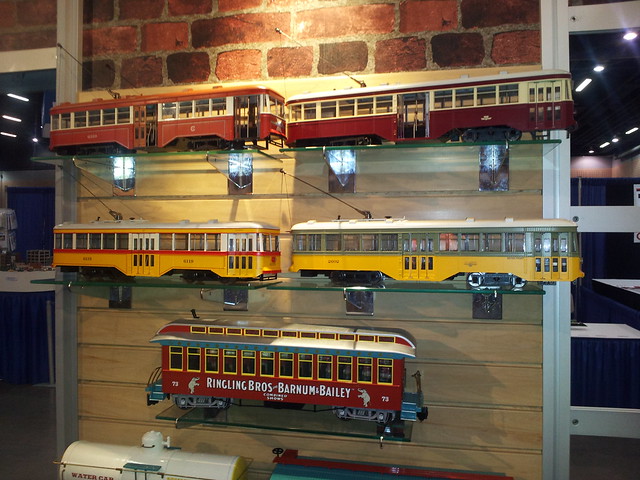Quote from: wtierce on July 29, 2013, 04:18:44 PM
What do you mean that one burned dried milk?
Indeed dried milk was used several times. In the 20s it was shown to have reduced smoke over coal with a similar heating property.
Here is a link to a demo done in the 30s.
http://blog.modernmechanix.com/locomotive-tries-milk-fuel/
Note today the Grand Canyon RR fires its steam using vegetable oil allegedly to make it greener.
Stan



